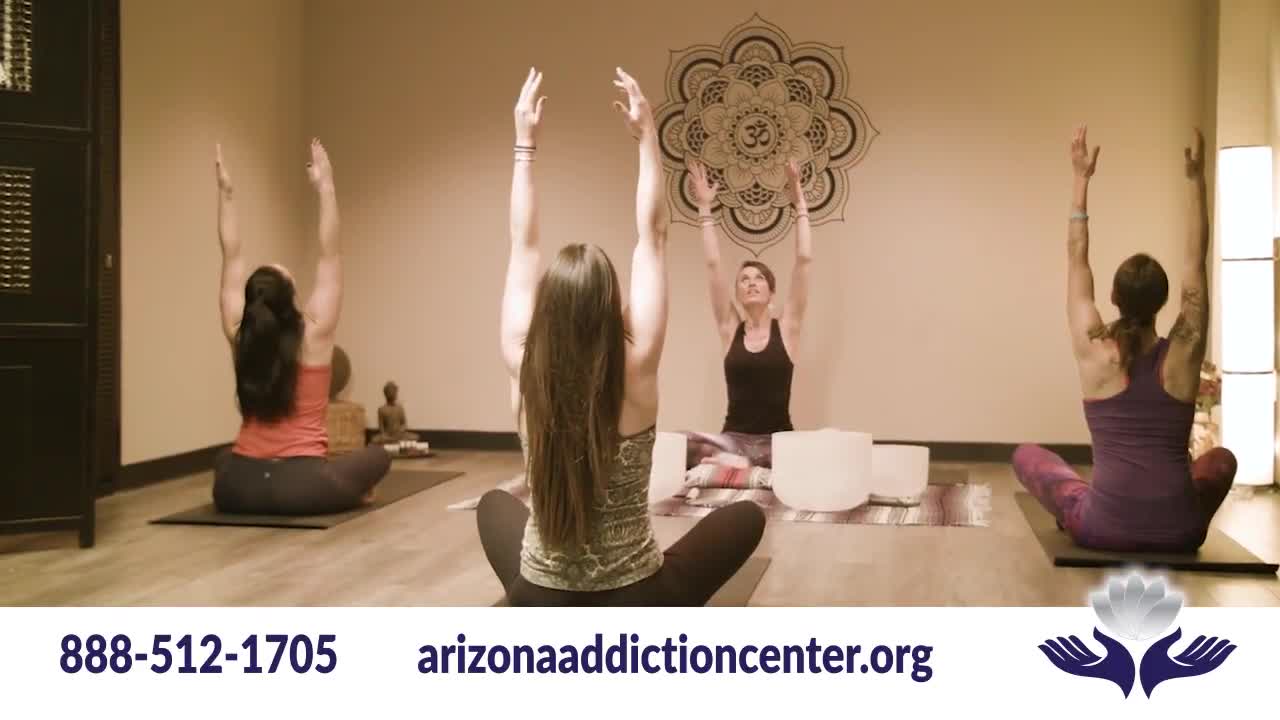Different Options For Holistic Treatment For Addiction Recovery

When it comes to addiction recovery treatments, there are traditional methods and then there are non traditional methods. Currently, a variety of holistic therapies, including acupuncture, equine (horses) rehabilitation, psych counseling, biochemical healing, hypnotherapy, meditation, watsu (water therapy), yoga, rods, sound therapy, and much more are delivered by various by treatment facilities all across America.
Studies have proven that these holistic treatments are influential in minimizing relapse and the concern for substance abuse. Although many of these methods have yet to have proven scientific validity, the results are hard to deny.
In the field, the key opinions are that these therapies will supplement conventional interventions in a highly effective manner, leading to healing through early sobriety in addicts and alcoholics. Nevertheless, holistic treatments should not be used on their own, but as complementary therapies to traditional treatment methods.
What is Holistic Therapy?
Holistic therapy is often overlooked by people. Many people believe it utilizes “wacky” solutions that offer a lot but do nothing. People often claim that it’s a form of natural therapy that masks genuine medical research and encourages treatment. Although certain types of therapeutic therapy may include alternative medicines and even natural methods, it is much more complicated than the recommendations might imply.
The therapeutic medicine methods combine conventional and natural care for the prevention and treatment of substance abuse disorders and, above all, the development of good health. Holistic treatment methods are characterized as the continuous, unimpeded free flow through body, mind, and spirit of life force energy.
What is the Significance of Holistic Treatment?
Addiction impacts many aspects of an individual’s wellbeing. It can cause problems for cardiovascular, respiratory, and musculoskeletal systems according to the National Institute on Drug Abuse. It can also cause serious problems in a person’s overall mental well-being, causing the development of mental illnesses.
Addiction is a brain-changing disorder. It can cause mental illnesses such as anxiety, depression, bipolar disorder, or schizophrenia. Holistic therapy encompasses a variety of physical, emotional, mental, and spiritual wellness practices.
Supporters of holistic therapy contend that they have significant effect on a person’s recovery process. The foregoing is a reference to some of the prevalent and effective forms of alternative treatment and the proof of their effectiveness, either for individual or additional treatment.
Types of Holistic Therapy
Nicotinamide adenine dinucleotide (NAD)
The coenzyme produced from the vitamin B3 (otherwise referred to as niacin) in all living cells is Nicotinamide adenine dinucleotide (NAD). NAD, like many other basic cell pathways, is a core component in metabolism.
It has become an important resource to help toxic abusers, particularly when used in mega-doses, for quick detoxification, since it is necessary to generate energy in our bodies. The body’s protein and vitamin supplies, components of NAD, are in many instances small, resulting in low energy generally.
When a person is put into NAD therapy, their addiction can be treated. Opioid, benzodiazepine, stimulant, caffeine, heroin, tobacco, suboxone, and methadone addiction have all been successfully treated through this therapy.
The outcomes of this therapy often include increased mental awareness, enhanced cognitive function, stronger vitality, positive attitude, and a better outlook on life.
Neurofeedback
Neurofeedback is a mechanism through which electroencephalography (EEG) electrodes are connected to the head to allow the activity of the brain to be re-alimented on a monitor that shows real-time brain waves. Therapists are able to analyze brain waves to modify and change them directly.
The technique is a biofeedback type and is used to address a range of conditions, including PTSD. Neurofeedback has become a major method of alternative treatment in leading recovery and rehabilitation facilities in the last five years.
It has gone to show significant effects on withdrawal symptoms. There is ample scientific knowledge on it, but it has been challenging to fund a variety of reliable controlled studies. Neurofeedback can effectively increase or decrease the arousal state, a degree of neural activity connected to the strength of brain waves. An anxious person should naturally aim to make the neurofeedback session calmer (a lower level); someone with depression will try to produce higher energy and more neuronal stimulation.
Meditation
Meditation is the practice of consciousness and is often used by 12-step services and counselors as a method of preventing relapse. Increasing awareness allows substance abusers to consider good and bad thoughts and feelings, putting a strong emphasis on growth in recovery.
Meditation of consciousness is also an efficient way of controlling anxiety and the body’s capability to detoxify itself without fear of relapse from withdrawal symptoms.
There are various kinds of contemplation on awareness. Contemplation in Vipassana helps the mind not to respond to emotions and thoughts that cause harm. Many advocates say that it is possible to be rid of all negative behaviors, even depression, with enough preparation. The Transcendental Meditation Organization says controlled studies indicate that TM reverses physiological and psychological causes contributing to substance abuse. This kind of therapy has gone to show significant positive results in helping people with nicotine and opioid addiction recovery from their addictions.
Yoga
In yoga therapy, three elements are combined: functional tasks, relaxation practice, and reflection. The theory of yoga is a unification between mind, body, and spirit. This can foster a state of inner peace that may help prevent relapse in addiction. Several studies have suggested that yoga may relieve anxiety, stress, and depression.
The physical aspect allows internal awareness and reflection on underlying issues. For many in this kind of addiction treatment, they are able to rid their mind, body, and soul of the desire to use substances. Breathing is a key aspect of this holistic treatment. The lungs are the connection between the blood and nervous systems and provide detoxification, strength, and an important reaction to relaxation.
Meditation is important because it gives a greater sense of self-confidence to heal for addicts. Through yoga, addicts can begin to shake off their cravings and use their inner strength, freeing themselves of desire to use. A meditation-recovery network offers courses and retreats in leading yoga centers around the world like Sivananda and Yogaville, for the rehabilitation of abusers.
Exercise
Even in small doses, daily exercise will raise happiness, something abusers desire more if they do not have their substance of choice. Starting a fitness schedule will help to fill the void that was left by substance abuse, providing a recovering addict with a sense of purpose and a small, but significant, sense of structure.
Aerobic and other activities have well-known health benefits, including positive development throughout the neurological, respiratory, and endocrine systems. Physical exercise has many benefits that can help addicts in recovery.
Speak to your local recovery center to discuss options for holistic treatment methods that can complement traditional treatment methods. Through holistic treatments paired with traditional recovery treatment programs, a person can have a greater chance of living a long life in sobriety.




